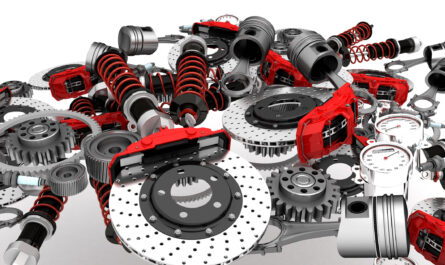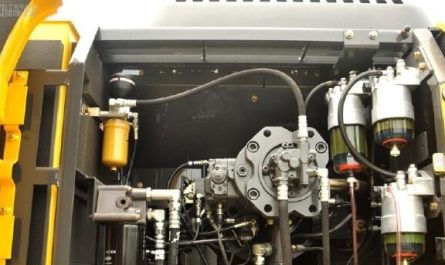How TPMS Works
Automotive Tire Pressure Monitoring System (TPMS) use wireless technology to detect when air pressure is low in one or more tires. TPMS typically consists of wireless sensors mounted onto each wheel hub, centrally located monitor module and warning light. The wheel sensors measure tire pressure and send signals back via radio waves to the central monitor module. This module receives signals and compares them to preset thresholds. If a tire’s air pressure drops below the set threshold, the monitor triggers a warning light on the dashboard to alert the driver. Modern TPMS also alert drivers about other potential issues like loss of air pressure monitoring capability or malfunctioning sensors.
Indirect vs Direct TPMS
There are two main types of TPMS – indirect and direct systems. Indirect systems infer tire pressure by monitoring other parameters like wheel speed. These older systems only detect significant drops in tire pressure. Direct TPMS use individual sensors mounted onto each wheel to directly measure air pressure inside the tire. Direct systems are more accurate than indirect and can detect minor pressure losses earlier. Almost all new vehicles now come equipped with direct TPMS for enhanced safety and fuel efficiency. The standard allows for future upgrades to benefit from advancements like increased diagnostics and precision.
Benefits of Automotive Tire Pressure Monitoring System:
Automotive Tire Pressure Monitoring System provides key benefits for drivers and vehicle safety. Underinflated tires are one of the leading causes of blowouts which can result in loss of control and accidents. TPMS alerts drivers to low tire pressure well before it reaches dangerous levels. This helps drivers top up pressure promptly to prevent potential blowouts. Maintaining optimal tire inflation also improves fuel economy by reducing rolling resistance. Low pressure can decrease mileage by up to 3% which adds significant costs over time. TPMS usage has been shown to increase average tire pressure and enhance fuel economy fleet-wide. Diagnostic alerts from advanced TPMS also help catch minor issues early and reduce maintenance costs.
Regulations on TPMS
Government regulations have played a major role in wider adoption of TPMS technology. In the United States, the National Highway Traffic Safety Administration (NHTSA) made TPMS mandatory on all passenger vehicles under 10,000 pounds starting from 2007. Similar regulations apply in Canada as well under a revised Motor Vehicle Safety Regulation. In Europe, EU directive 2007/46/EC mandated fitting of direct TPMS on all new cars from November 2014. Other countries like Brazil, China and India have also introduced regulations requiring TPMS on new vehicles. Compliance with safety regulations has accelerated installations of TPMS globally. Automakers now offer TPMS as standard even on small cars and budget models.
Future Developments with Automotive Tire Pressure Monitoring System
Automakers are working to enhance TPMS with additional capabilities. Advanced systems can now monitor individual tire tread depth, detect punctures and provide real-time pressure readings. Some high-end vehicles offer cloud connectivity for TPMS which syncs pressure data to smartphone apps. This allows remote monitoring of vehicles even when parked. Researchers are exploring ways to integrate TPMS with driver assistance technologies. For example, algorithms which factor in real-time tire pressure data could optimize stability control and traction control systems. Use of miniaturized sensors, low-power wireless networks and more ruggedized designs will make TPMS even more affordable and reliable over the long run. As autonomous vehicles become a reality, tire data from advanced TPMS will be increasingly crucial for safety-critical functions.
*Note:
1. Source: Coherent Market Insights, Public sources, Desk research
2. We have leveraged AI tools to mine information and compile it




